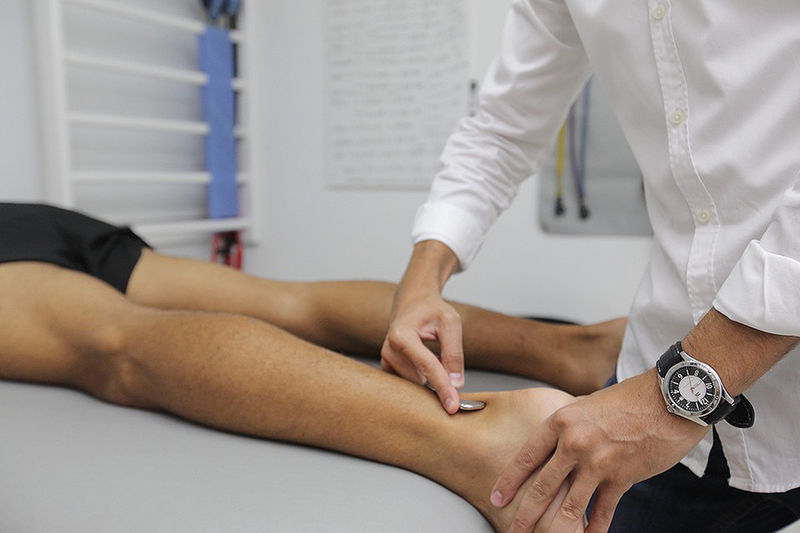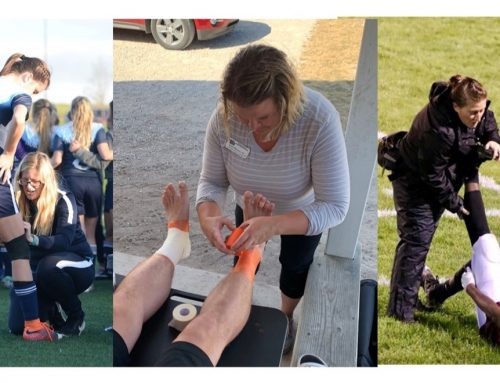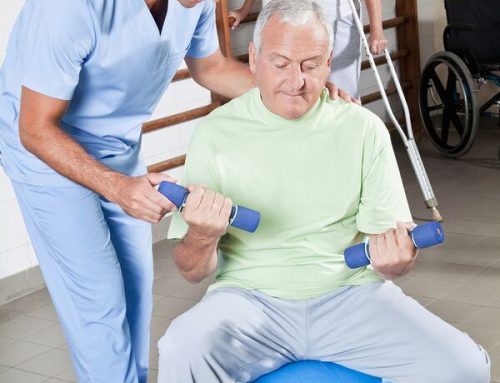It probably isn’t news to anyone we’re in the midst of an opioid crisis at the national, state and local level.
According to the Centers for Disease Control and Prevention (CDC), in 2016 more than 42,000 people in the United States died from an opioid overdose, including more than 17,000 whose deaths were attributed to prescription opioid overdoses.
That’s almost 50 lives lost every day. Deaths caused by overdose of prescription opioids have quadrupled over the past 15 years.
While the mechanisms behind this increase in opioid related deaths are multifactorial, there is a concerted and growing effort being made to reduce the amount of opioids consumed by people in pain.
Opioids remain an effective tool for addressing certain types of pain when prescribed and taken correctly. That being said, in the past few months, our physical therapy practice has been affected by efforts aimed at reducing opioid use.
More than ever, physical therapists are serving as educators and coaches
I have worked with many patients between the ages of 25—85 over the past 12 months who are working with their healthcare provider to reduce the amount of opioid medications they are taking.
One of the possible effects of prolonged use of these medications is called opioid-induced hyperalgesia. This means that some patients who are given opioid medications actually become more sensitive to pain.
Some even start to experience pain with activities that never caused it before. According to the Journal of Neuroscience, this phenomenon has been observed in animal models after just a single large dose of opioids.
As the dose of opioids is reduced, patients are often unsure what types of pain they should work through and which types they should avoid. Physical therapists who have had comprehensive training in pain education and management help guide patients through this process.
We’re seeing patients earlier in the injury/recovery process
According the American Physical Therapy Association’s white paper on pain management: “The treatment of pain, particularly chronic pain, often requires an integrated, multidisciplinary approach due to the many variables that may contribute to a patient’s perception of pain and response to treatment.”
Given the subjective nature of pain, it is among the most complex problems for a healthcare provider to address. Contributing factors to how one person handles pain compared to another include stress levels, work and relationship satisfaction, fitness level, diet, and past experience with pain, to name a few.
All of these must be taken into consideration when a treatment plan for pain is formulated.
The combination of increased awareness of opioid-related issues and changes to prescribing laws has moved physical therapy up the list of suggested treatment options for pain of all types and moved opioids down the list.
As a result, we are seeing patients for the first time a few days or weeks after the start of their pain, as opposed to months later.
In summary, as physical therapists, our role is to be educators and coaches. We reinforce pain education concepts that are introduced by the patient’s physician, troubleshoot barriers to improvement that pop-up at home or at work, reduce the fear associated with injury, and teach patients how to move safely as they heal.
Though we are in the early phases of addressing this epidemic, the medical community is figuring out safer and more effective ways to help patients in pain.
Jeff Samyn is a Physical Therapist, board certified Orthopedic Clinical Specialist, and Certified Strength and Conditioning Specialist at Northern Michigan Sports Medicine Center in Petoskey. He can be reached via e-mail at jsamyn@nmsportsmed.com. This information is not to be considered medical advice and is not intended to replace consultation with a qualified medical professional.







